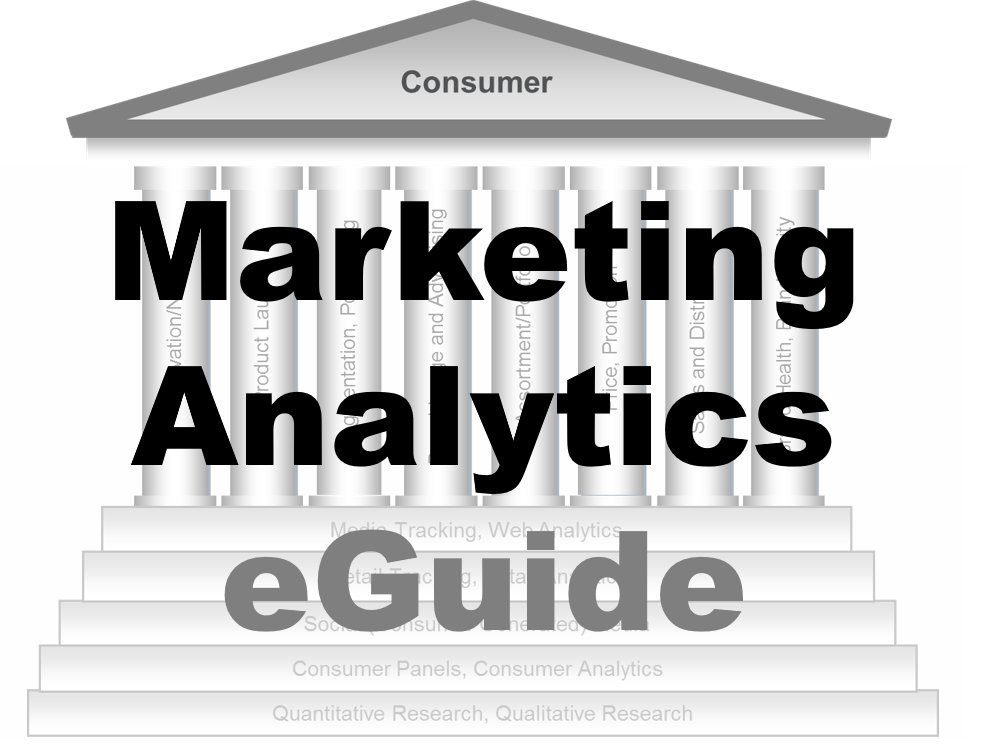-
Basic Statistics
Basic Statistics
Probability Theory
Mutually Exclusive Events and Overlapping Events
Objective and Subjective Probabilities
Conditional (Posterior) Probability
Independent Events
Law of Total Probabilities
Bayes Theorem
Discrete Probability Distribution
Binomial Distribution
Poisson Distribution
Relationship between Variables
Covariance and Correlation
Joint Probability Distribution
Sum of Random Variables
Correlation and Causation
Simpson’s Paradox
Continuous Probability Distributions
Uniform Distribution
Exponential Distribution
Normal Distribution
Standard Normal Distribution
Approximating Binomial with Normal
t-test
Hypothesis Testing
Type I and Type II Errors
Statistical Significance and Practical Significance
Hypothesis Testing Process
One-Tailed — Known Standard Deviation
Two-tailed — Known Standard Deviation
One-Tailed — Unknown Standard Deviation
Paired t-test
ANOVA
Chi-Square (χ2)
Regression
Simple Linear and Multiple Linear Regression
Least Squares Error Estimation
Overview
Sample Size
Choice of Variables
Assumptions
Normality
Linearity
Dummy Variables
Interaction Effects
Variable Selection Methods
Issues with Variables
Multicollinearity
Outliers and Influential Observations
Coefficient of Determination (R2)
Adjusted R2
F-ratio: Overall Model
t-test: Coefficients
Goodness-of-fit
Validation
Process
Factor Analysis
- Basic Statistics
- Sampling
- Marketing mix Modelling
Coronavirus — What the metrics do not reveal?
Coronavirus — Determining death rate
- Marketing Education
- Is Marketing Education Fluffy and Weak?
- How to Choose the Right Marketing Simulator
- Self-Learners: Experiential Learning to Adapt to the New Age of Marketing
- Negotiation Skills Training for Retailers, Marketers, Trade Marketers and Category Managers
- Simulators becoming essential Training Platforms
- What they SHOULD TEACH at Business Schools
- Experiential Learning through Marketing Simulators
-
MarketingMind
Basic Statistics
Basic Statistics
Probability Theory
Mutually Exclusive Events and Overlapping Events
Objective and Subjective Probabilities
Conditional (Posterior) Probability
Independent Events
Law of Total Probabilities
Bayes Theorem
Discrete Probability Distribution
Binomial Distribution
Poisson Distribution
Relationship between Variables
Covariance and Correlation
Joint Probability Distribution
Sum of Random Variables
Correlation and Causation
Simpson’s Paradox
Continuous Probability Distributions
Uniform Distribution
Exponential Distribution
Normal Distribution
Standard Normal Distribution
Approximating Binomial with Normal
t-test
Hypothesis Testing
Type I and Type II Errors
Statistical Significance and Practical Significance
Hypothesis Testing Process
One-Tailed — Known Standard Deviation
Two-tailed — Known Standard Deviation
One-Tailed — Unknown Standard Deviation
Paired t-test
ANOVA
Chi-Square (χ2)
Regression
Simple Linear and Multiple Linear Regression
Least Squares Error Estimation
Overview
Sample Size
Choice of Variables
Assumptions
Normality
Linearity
Dummy Variables
Interaction Effects
Variable Selection Methods
Issues with Variables
Multicollinearity
Outliers and Influential Observations
Coefficient of Determination (R2)
Adjusted R2
F-ratio: Overall Model
t-test: Coefficients
Goodness-of-fit
Validation
Process
Factor Analysis
- Basic Statistics
- Sampling
- Marketing mix Modelling
Coronavirus — What the metrics do not reveal?
Coronavirus — Determining death rate
- Marketing Education
- Is Marketing Education Fluffy and Weak?
- How to Choose the Right Marketing Simulator
- Self-Learners: Experiential Learning to Adapt to the New Age of Marketing
- Negotiation Skills Training for Retailers, Marketers, Trade Marketers and Category Managers
- Simulators becoming essential Training Platforms
- What they SHOULD TEACH at Business Schools
- Experiential Learning through Marketing Simulators
Paired t-test — Hypothesis Testing
Paired group test with unknown standard deviation is essentially the same as a single sample t-test. The paired values are reduced to a single series by computing the difference between the two sets.
Example: In advertising copy tests, purchase intent is gauged through pre-post exposure measurement of respondents’ disposition to buy or try a product. The metric, x, is usually the top-2 box rating (“very likely to buy”, “likely to buy”). The paired values (xbefore, xafter) are reduced to a single set of values (y) by computing the difference: y = xafter – xbefore. HA: μ > 0, i.e., exposure to the advert is expected to improve disposition to try the product.
Example: Sequential monadic tests are frequently used for product testing. The respondents try one product and rate it, move to another product and rate it, and then compare the two. A paired t-test may be used to determine whether an improved formulation is rated higher on an attribute. HA: μ > 0, i.e., new product expected to be rated higher.
The remaining steps are the same as that for a one-tailed, single sample t-test.
Comparison test for two groups of unknown standard deviation also requires use of the t-test, since the population’s standard deviation is not known.
Example: A study was conducted to examine the consumption of coffee by office workers. The statistics for the men and women sampled in this study are given below.
Men: Sample size nM=440, mean x̄M =46.5 cups per month, standard deviation sM=36.3.
Women: Sample size nW=360, mean x̄W=35.1 cups per month, standard deviation sW=20.6.
There is a difference of 11.4 cups per month in coffee consumption between men and women. Is this difference resulting from sampling error, or do men consume significantly more coffee than women?
H0: μM – μW < 0
HA: μM – μW > 0
α = 0.05
Standard deviation:
$$ σ_{\bar x_M-\bar x_M} = \sqrt {\frac{s_M^2}{n_M} + \frac{s_W^2}{n_W}} = \sqrt {\frac{36.3×36.3}{440} + \frac{20.6×20.6}{360}} = 2.04 $$ $$ t=\frac{\bar x_M-\bar x_W}{σ_{\bar x_M - \bar x_W}} =\frac {46.5-35.1}{2.04}=5.58 $$ $$ degrees\;of\; freedom\; (df) = \frac {\left(\frac {s_M^2}{n_M} + \frac {s_W^2}{n_W}\right)^2} {\frac{(s_M^2/n_M)^2}{n_M-1}+\frac {(s_W^2/n_W)^2}{n_W-1}} = 716.8 $$p-value = 0.00001 obtained from t distribution.
The probability of obtaining a t-value of 5.58 or higher with 717 degrees of freedom, when sampling 440 men and 360 women is very low (0.00001 << α = 0.05). More specifically, if women were consuming as much coffee as men, the chance that the sample differences would average 11.4 or more cups per month is only 0.00001. The null hypothesis is rejected. The data strongly suggests that women consumers consume less coffee than men.
Previous Next
Use the Search Bar to find content on MarketingMind.
Contact | Privacy Statement | Disclaimer: Opinions and views expressed on www.ashokcharan.com are the author’s personal views, and do not represent the official views of the National University of Singapore (NUS) or the NUS Business School | © Copyright 2013-2025 www.ashokcharan.com. All Rights Reserved.





